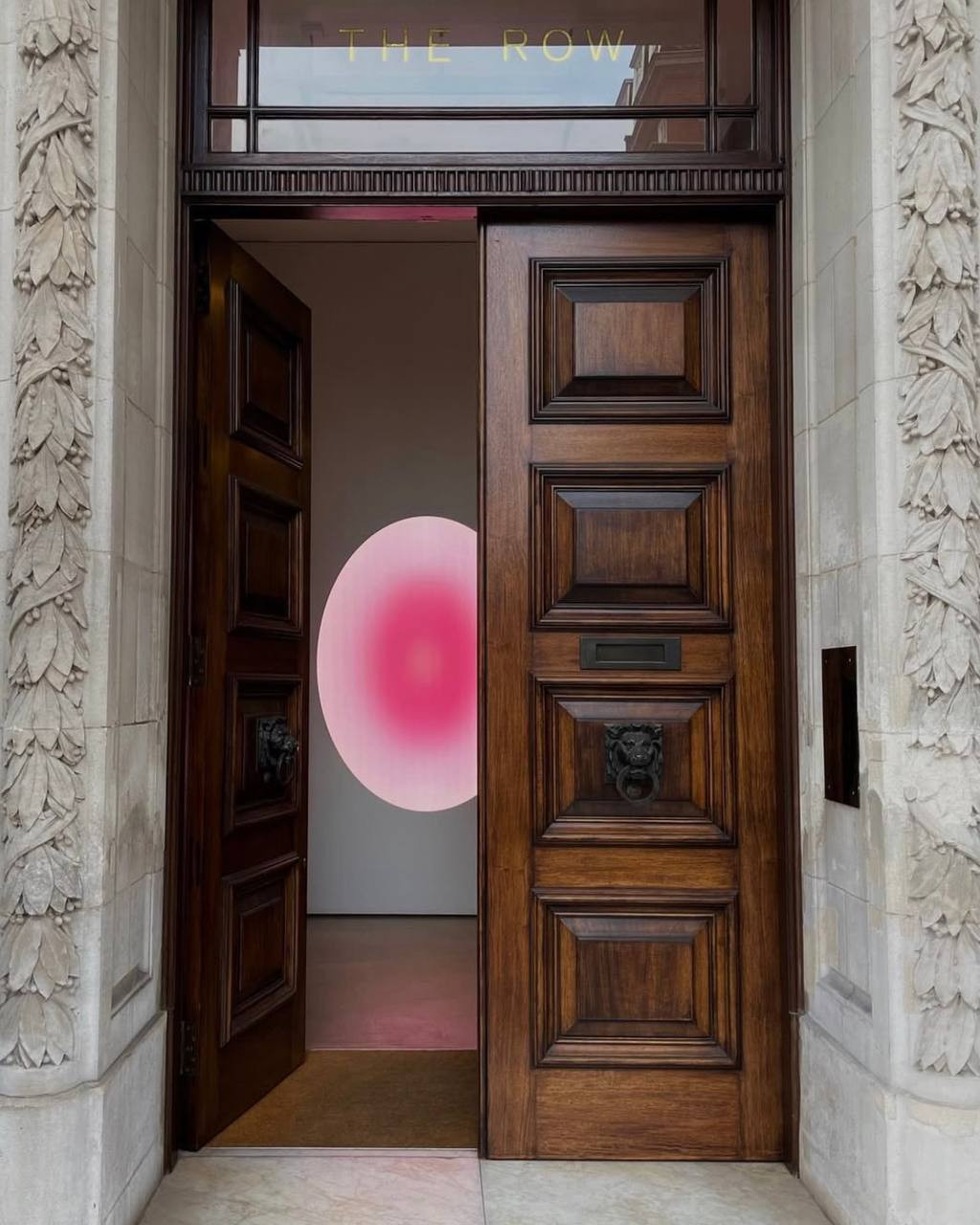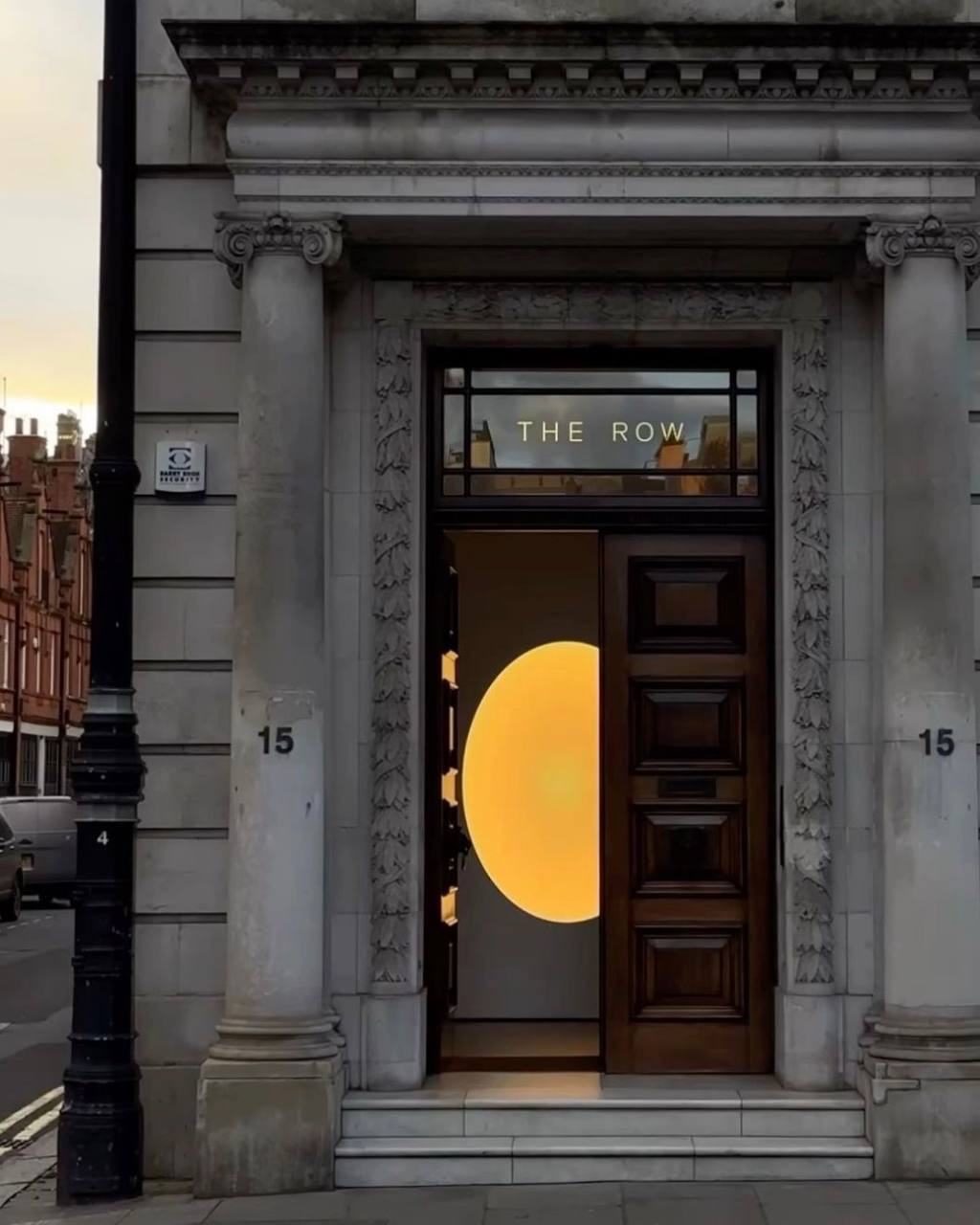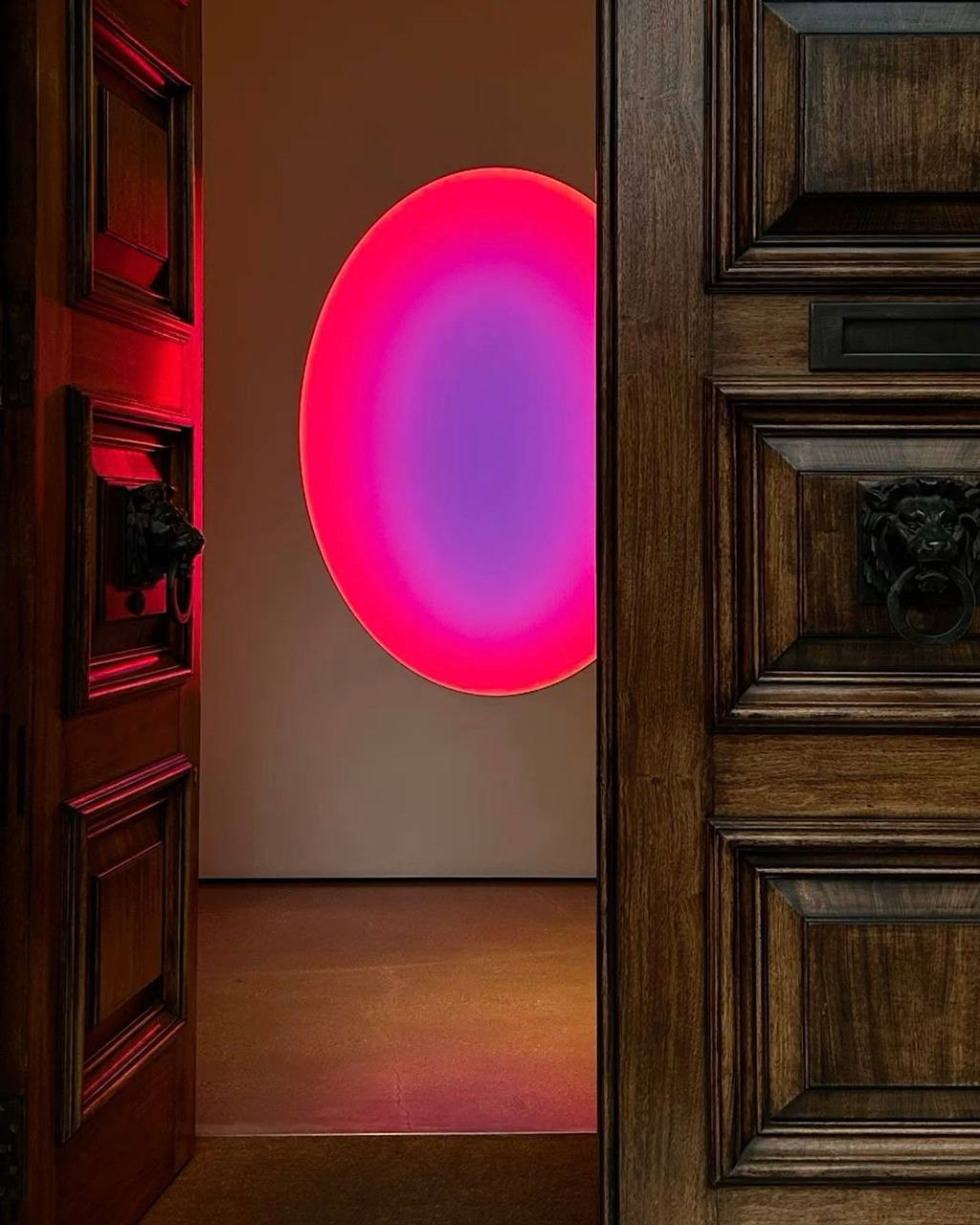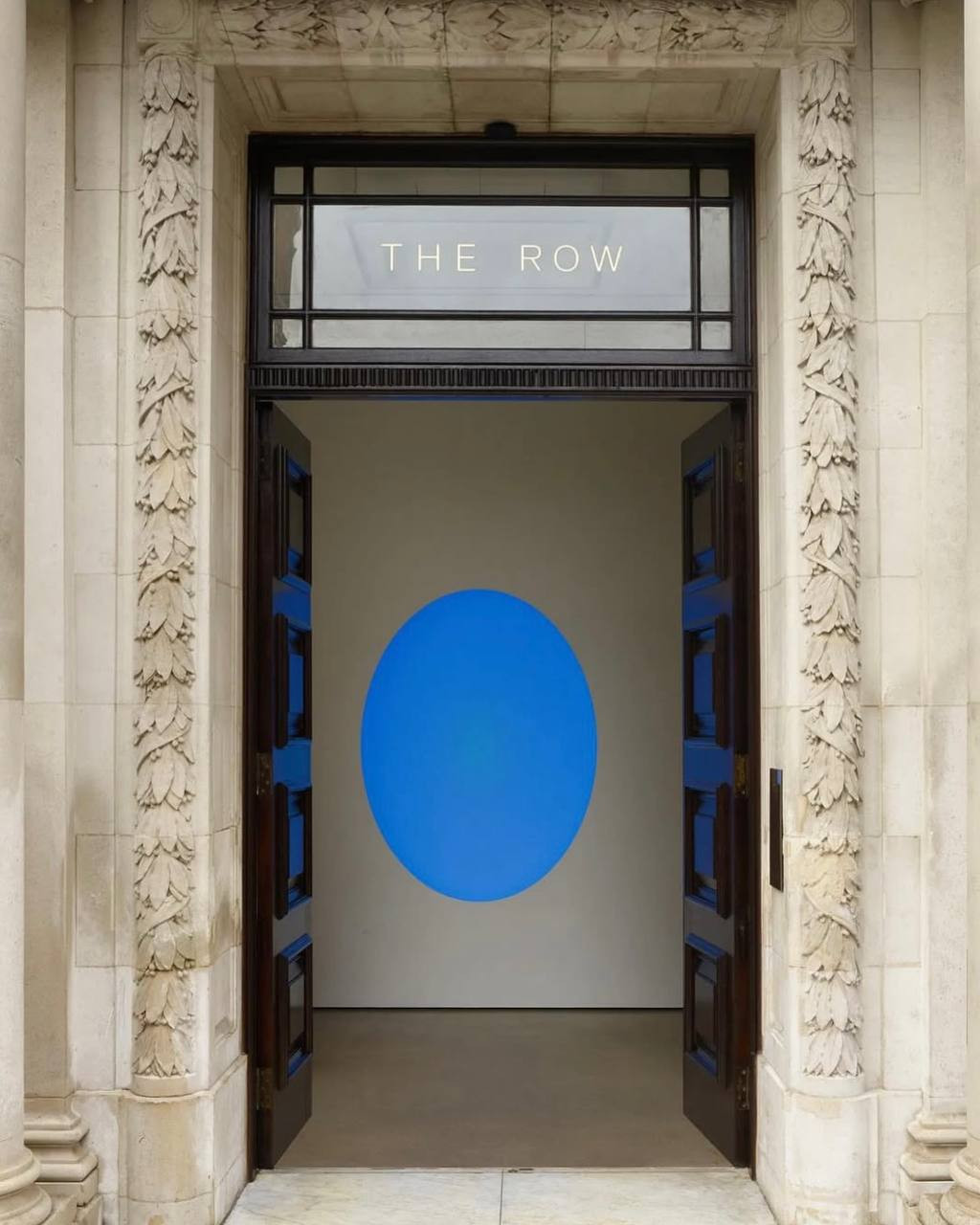How artist James Turrell conquered with his circle?
In 2019, Mary-Kate and Ashley Olsen unveiled their first London boutique for The Row at 15 Carlos Place in Mayfair. Designed by Annabelle Selldorf, the space embodies the brand’s signature ethos—minimalism infused with a quiet yet profound sense of luxury. However, what sets this boutique apart is not just its impeccable fashion and curated selection of accessories, jewelry, and furniture. It is the presence of contemporary art that transforms the space into an immersive experience—none more so than James Turrell’s mesmerizing light installation, "Jai Singh’s Sky."

Turrell’s work, renowned for its manipulation of light and space, has long captivated audiences, challenging perceptions of depth, color, and physical boundaries. But how did he become the master of transcendence, the artist capable of making a boutique feel like a sacred space? The placement of "Jai Singh’s Sky" within The Row’s interior is not just a design choice—it is a statement. In an environment where luxury is often equated with material excess, Turrell’s art presents a counterpoint: an experience of the immaterial. His light is not something one can own, yet it envelops the viewer, becoming an inescapable presence.

Alongside artist’s work, the boutique features "Funn," a crumpled metal sculpture by John Chamberlain. The interplay between Chamberlain’s crushed automotive steel and Turrell’s ethereal illumination underscores a dynamic contrast: destruction versus creation, solidity versus intangibility. Within this dialogue, The Row’s minimalist garments find their place, as if existing in a liminal space between the rigid and the ephemeral.

But here lies the question: did Turrell’s light ultimately steal the show? The boutique, after all, is not a gallery—it is a commercial space meant to sell fashion. Yet, visitors often find themselves transfixed not by the garments but by the ambient glow of "Jai Singh’s Sky." The power of Turrell’s work is in its ability to absorb and redefine its surroundings. It does not sit passively in the background; it commands attention, reshaping the boutique into an experiential domain where the boundaries between art, commerce, and architecture dissolve.

So, as The Row continues to merge fashion with high art, one must ask: does James Turrell’s mastery of light elevate the brand, or does it overpower it? Has he, in essence, conquered The Row’s London boutique with nothing but a shift in perception?
Text by Anna Tolstova, journalist and art critic.
